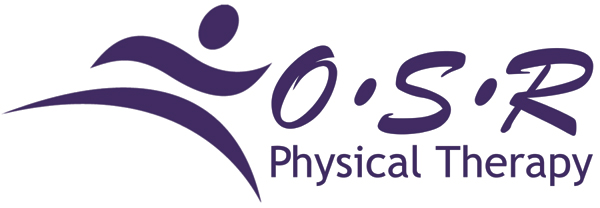Why is even a minor ankle sprain taken so seriously in dance, yet other athletes tape them up an play on them?
The most commonly sprained ligament is called the Anterior Talofibular Ligament (ATFL). It can be injured at a specific moment in time, or the injury can be from repetitive overstretching of the foot into a pointy position (or performance of releve with weight slightly to the outside of the foot).
During releve, the ATFL becomes almost perpendicular to the ground, creating an overstretch situation. If the ligament is already injured, this will likely contribute to making the injury more and more chronic. Even with elastic tape to improve proprioception, there is no evidence that this will decrease the long term complications associated with pushing through the injury to continue dancing.
Even with proper care and rest from sport for 4-6 weeks, one study shows that 40% of athletic patients have pain and dysfunction for 6 months after proper rehabilitation (Gerber, et al,). However, if not properly treated, over 40% of ankle sprains lead to chronic pain and injury even beyond this time (Bennett and Safran).
You can read more about ankle sprains and their management in the
Current Commentary from the American College of Sports Medicine.
This article was written by
Meredith Butulis, DPT, who works out of our Eden Prairie Office.
References:
Bennett WF. Lateral ankle sprains. Part II: acute and chronic treatment. Orthop Rev. 1994;23:504–10.
Gerber, JP, et al (1998). Persistent disability associated with ankle sprains. Foot & Ankle International. 19(10): 653-60.
Safran MR, Benedetti RS, Bartolozzi AR 3d, Mandelbaum BR. Lateral ankle sprains: a comprehensive review. Part 1: etiology, pathoanatomy, histopathogenesis, and diagnosis. Med Sci Sports Exerc. 199931(7 suppl):S429–37.






 We were delighted to share some pearls of injury prevention wisdom with our local dancers at
We were delighted to share some pearls of injury prevention wisdom with our local dancers at 
